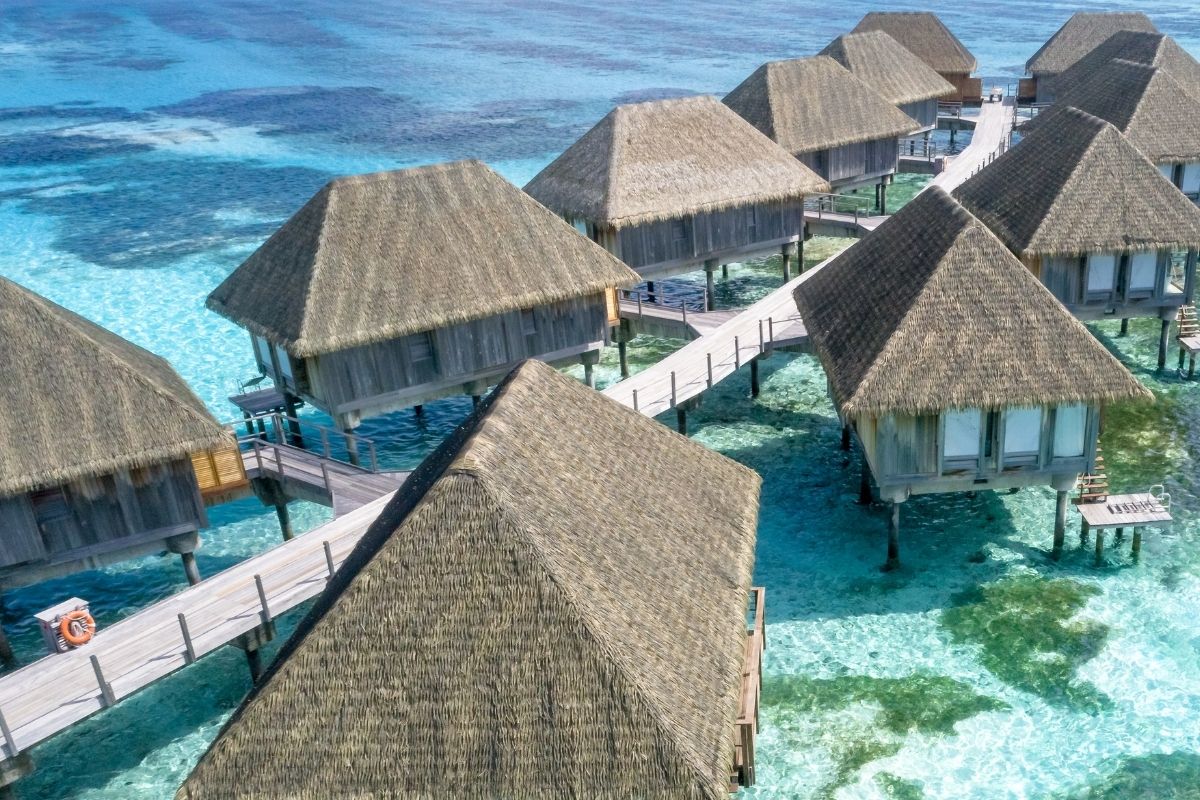Understanding The Transportation Industry: The Cruise Line Industry
We sat down with experts to discuss the interesting components of the cruise line industry and what makes it a unique sector within the hospitality industry.
Cruise lines are a very interesting business because a new ship could cost $1 billion. For instance, the Norwegian cruise line has ordered six new ships called Leonardo class ships. The only thing they said was, it’s going to have a passenger capacity of 3,300 people, but what concept should they be?
They announced this in 2017, and the first ship will sail in 2022, so we have a five-year time difference. You have to predict: how is the market? What are the consumer needs? What are the trends? What is the competition doing? Because when a ship is being built it’s hard to change. You can maneuver a few things in terms of the restaurant concepts and services, but it’s pretty much set.
Cruise lines have to look into the future and predict. But it’s an interesting business, because it is a substitute for staying in a resort, and it has advantages.
In a resort in Florida, you go to Orlando and you stay in Orlando. You could visit some of the attractions there. But with the cruise line, you can visit several countries and several ports and do excursions. Today’s cruise lines are a destination by themselves. It’s similar to Las Vegas. Big casinos are destinations by themselves, but they have advantages.
Their advantages include lower labor costs because most of the employees come from countries like the Philippines, and they get paid competitive rates in terms of what they could earn in the Philippines. Resorts pay higher rates in the United States because of the minimum wage and all these things. They have an advantage in terms of their labor costs.
They can also source cheaper food because they buy in quantity for big cruise lines. Carnival Cruise Line has 103 ships, Royal Caribbean has 60, and the Norwegian cruise line has 25. These three companies control about 75% of the global cruise market. It’s an interesting business in terms of economics and offering their best guests more options.
The Norwegian cruise line is an interesting company because they’re using a concept called Free at Sea. So if you buy a higher level cabin, let’s say with a balcony, you can choose from up to six different Free at Sea. It could be a free bar, free specialty dining, a free excursion, free Wi-Fi, or it could be that two more people can stay free in the cabin. All of this is factored into the pricing, but it adds value and adds loyalty.



